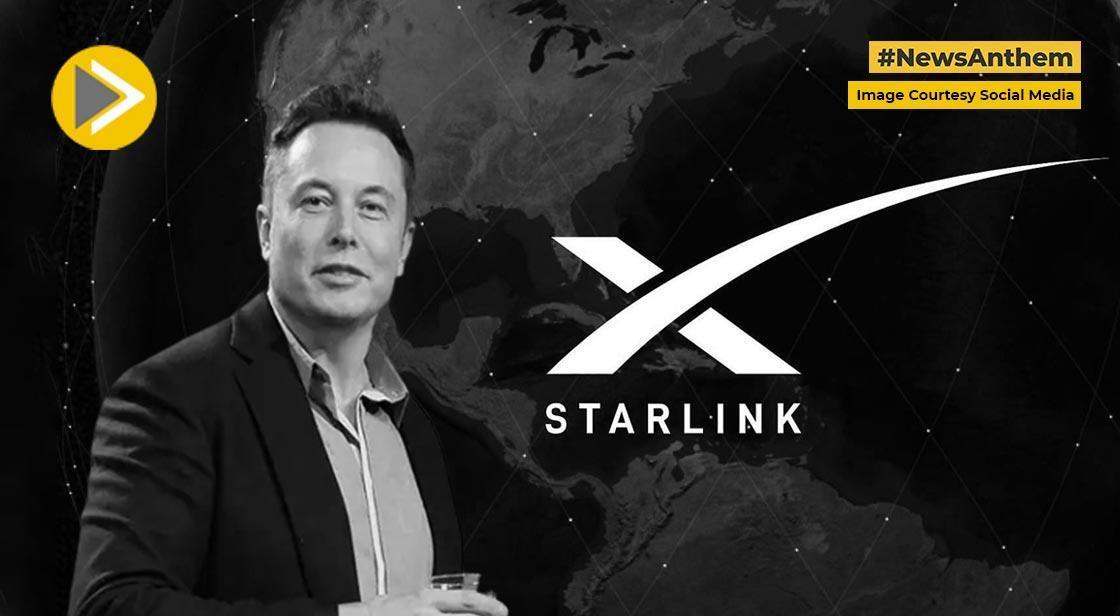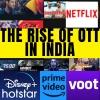Elon Musk’s Starlink Satellite Internet Service to Launch in India: All You Need to Know

News Synopsis
India is all set to welcome Elon Musk’s satellite internet venture, Starlink, as the government has officially approved its operations in the country. Union Minister for Communications and Development of the North Eastern Region, Jyotiraditya M. Scindia, confirmed the development through an official post, announcing that Starlink has been granted its operating license—a key step that paves the way for its rollout.
Currently active in over 100 countries, Starlink is a project by SpaceX, aiming to provide high-speed, low-latency internet connectivity directly from space. Its goal is to bridge the digital divide, particularly in remote and underserved regions of the world.
Starlink Joins India’s Satellite Internet Race
Starlink is now the third company authorized by the Department of Telecommunications (DoT) to offer satellite-based internet services in India, following Eutelsat OneWeb and Jio Satellite Communications. Amazon’s Project Kuiper is still in the process of securing necessary regulatory permissions.
Developed by SpaceX, the aerospace company founded by Elon Musk in 2002, Starlink operates a massive constellation of low Earth orbit (LEO) satellites, orbiting at around 550 km above Earth, compared to traditional geostationary satellites that sit far higher. This architecture allows Starlink to deliver more responsive, high-speed internet with lower latency, revolutionizing how users—especially in rural and remote areas—access the internet.
Starlink India Pricing: Dish Cost & Data Plan
According to reports, Starlink’s pricing model for India is as follows:
-
Satellite Dish (one-time purchase): ₹33,000
-
Monthly Unlimited Data Plan: ₹3,000
-
Free Trial: A one-month complimentary trial will be provided with each device purchase to allow users to test the service before committing to the full subscription.
“As part of its launch strategy, Starlink plans to offer a complimentary one-month trial period with each device purchase, allowing customers to test the service before committing to regular monthly payments.”
Starlink Internet Speed: What to Expect
Starlink promises reliable and fast internet with speeds typically ranging between 25 Mbps to 220 Mbps. Many users globally report consistent performance above 100 Mbps.
What sets Starlink apart from traditional internet services is its independence from ground infrastructure, making it ideal for hilly, tribal, rural, and inaccessible regions where laying fiber cables or mobile towers is challenging.
“Starlink delivers fast internet access with speeds typically ranging from 25 Mbps up to 220 Mbps. Many users consistently experience speeds exceeding 100 Mbps.”
Transforming India’s Connectivity Landscape
With this approval, India enters a new era of space-based internet services. Starlink’s entry is expected to drive competition in the broadband space, especially for underserved regions that lack reliable internet access. As Starlink prepares for its full-scale rollout in India, expectations are high regarding coverage, affordability, and performance.
Conclusion
The approval of Elon Musk’s Starlink to operate in India marks a transformative moment for the country's digital connectivity landscape. As the third satellite internet provider to receive the green light from the Department of Telecommunications, Starlink brings with it the promise of fast, low-latency internet to even the most remote and underserved regions.
With speeds ranging from 25 Mbps to 220 Mbps and a pricing model that includes a ₹33,000 device cost and ₹3,000 monthly plan, Starlink is poised to revolutionize rural broadband access. The one-month free trial offers potential users a risk-free opportunity to experience the service firsthand.
Unlike traditional networks, Starlink’s use of low Earth orbit satellites ensures greater speed and reliability without dependence on terrestrial infrastructure. As India continues its march towards a digitally inclusive future, Starlink's entry sets the stage for stronger competition and broader access, especially where conventional internet has failed to reach.
You May Like









